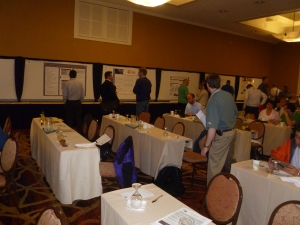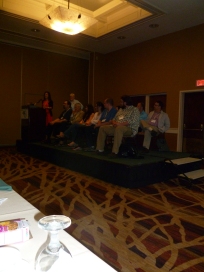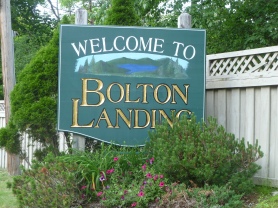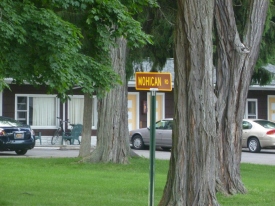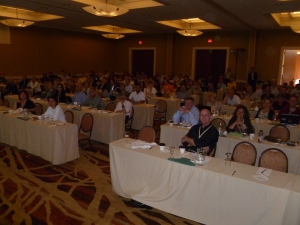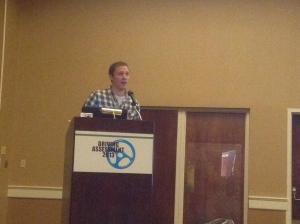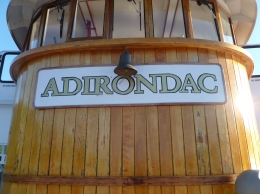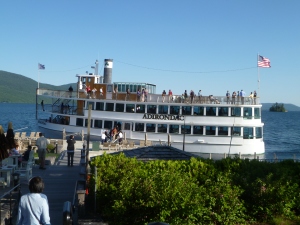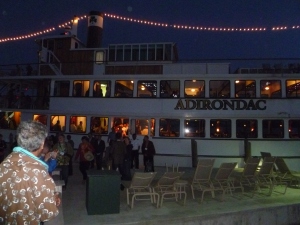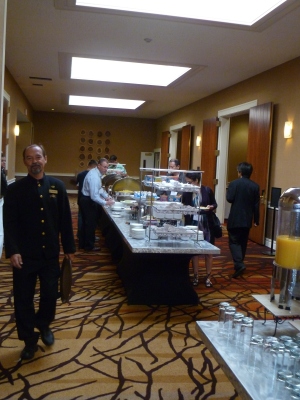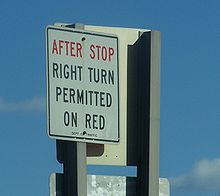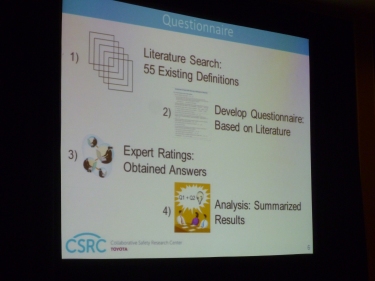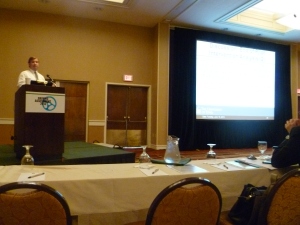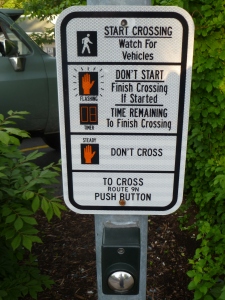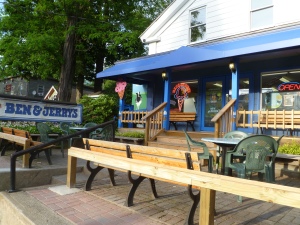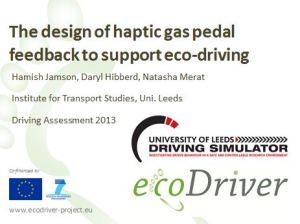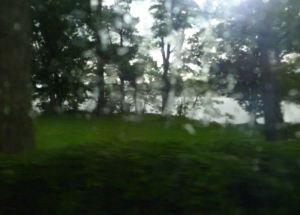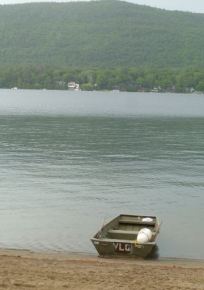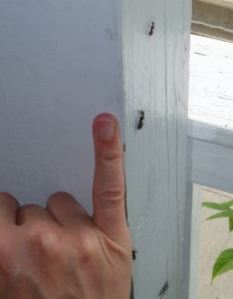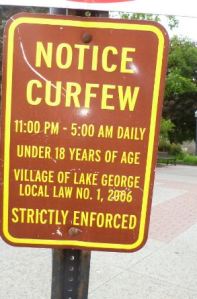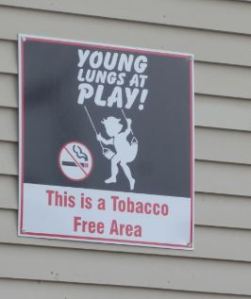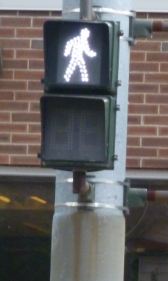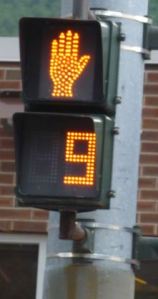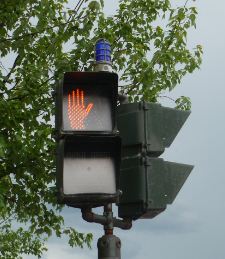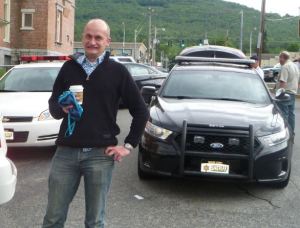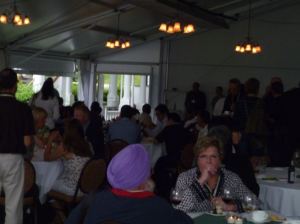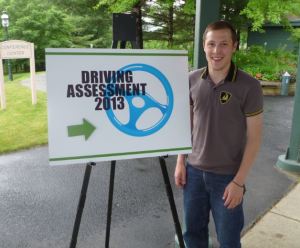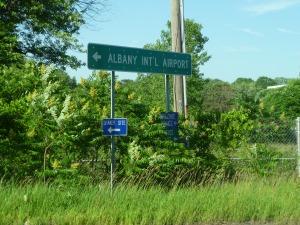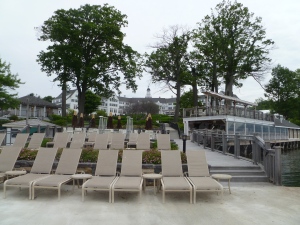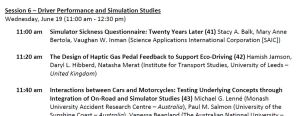Alternative Title: The 36 Hour Day
On my fifth morning in Bolton Landing, USA, the weather made it difficult to go inside for the final two sessions of the conference!
We started with the “Hybrids Session”. This is another poster session, but with the added twist of authors having 99 seconds to introduce their poster to the audience. The brief in this case is to be eye-catching or humorous, and so ensure as many visitors to your poster as possible. Two that stood out were Natasha addressing the audience in Farsi – so that people would need to visit her poster to understand what it was about! – and the use of the Flash Gordon theme music to advertise a poster on behaviour at intersections with a flashing yellow arrow. (I guess you had to be there……..).
The final session on Driver Distraction followed, before farewells and a final grab of conference freebies (a lunchbox and leftover conference packs).
Then the drive back to the airport and the overnight flight home. We were in the middle middle seats again, although a week of knowing this seemed to have allowed Hamish to be OK with it!
(Below: A few final photos taken on the return to the airport).
We landed early on Friday morning in Manchester (this time with luggage!), tired but all in agreement that it was a very worthwhile trip to Driving Assessment 2013. In terms of presentations, organization, social events, networking contacts and memories to take away, it is one of the best and most productive conferences that I have been to, and also our presentation seemed to be well received.
So that completes this series of blog posts on Driving Assessment 2013, a week in which I hope I’ve given you an insight into the life of an early-career researcher at the Institute for Transport Studies, Leeds.
(Making use of the conference t-shirt and a sample of the gifts (to myself) that I brought back from the States!)



